Fall’s Beautiful Foliage
When you spend every day thinking about travel, and your entire family is involved in the business (my husband became Starr’s President back in November of 2017), you get a bit caught up in the jargon of the industry. So I guess it shouldn’t have been too much of a surprise when, while chatting with a 20-something young woman the other day, she gave me a bit of a blank stare when I mentioned the phrase “fall foliage trips.” During our conversation I had mentioned that our bus tour business is very busy during September and October because lots of people want to take trips to see the fall foliage. By the look on her face, I was reminded that not everyone is as ingrained in the business as most of the people I encounter on a daily basis. I reviewed the definition of “foliage” in order to better explain myself and shared that many people travel during the fall in order to catch views of the changing season.
Hues of red, orange and yellow enhance already picturesque sights in the fall and people travel across the continent, and certainly the world, to see the beautiful views these hues create. People of all ages can appreciate the change of season from summer to fall as they watch the colors of the leaves change before they descend to the ground. The season starts and ends at different times based on the geographic location and predicting peak foliage season is hard to do as each year it varies based on the weather, but we aim to schedule our fall getaways at the optimal time of the months based on past history. Although, let’s be honest, even the beginning of the changing of the leaves can be breathtaking, no matter where you are! (If you’ve ever wondered about The Science Behind Fall Foliage, check out our blog post!)
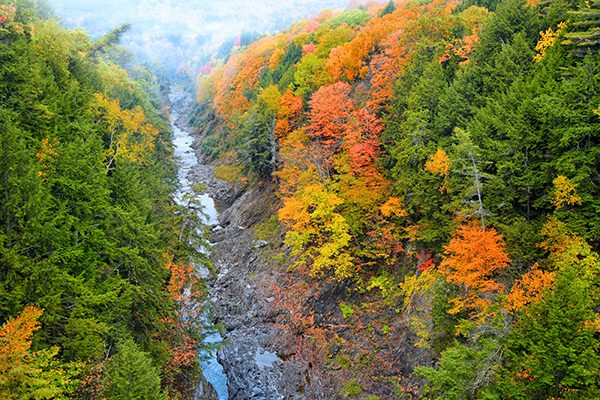
New England’s dramatic explosion of color each autumn starts in the northern New England states of Maine and New Hampshire typically in late September and moves down to the southern New England states – Connecticut, Massachusetts and Rhode Island – around late October. There are quite a few fall foliage forecast maps out there these days that help predict when the leaves will be at their peak, but since we are often reserving our trips a year in advance, we rely on history to steer us in the right direction. Thankfully, we tend to have a decent track record!
Check out this link for a State-by-State Guide to Fall Colors.
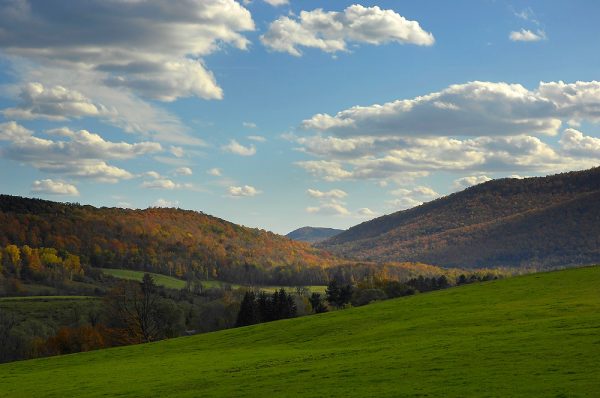
Starr’s tour development team has been building itineraries revolving around “fall foliage season” since as long as any of us can remember. Below is a list of the most popular destinations Starr travelers choose to visit in the fall:
Maine
New Hampshire & The Indian Head Resort
Railroads of New Hampshire
Ithaca, NY
Vermont
Berkshire Mountains in Massachusetts
Lake George & Lake Placid, NY
The Poconos in Pennsylvania
And so many more!
We are almost ready to publish our 2020 fall foliage trips on our website but not quite yet. Click this link after November 15th to see our offerings for next fall.
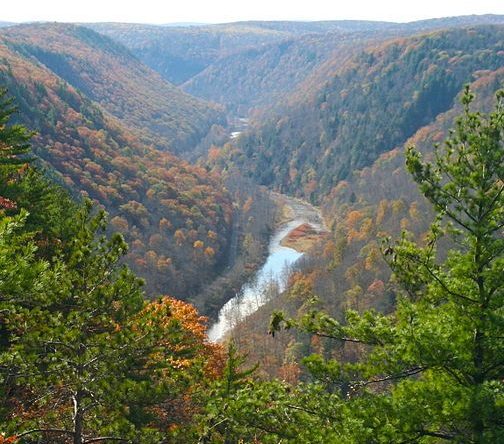
I hope you will join us this year or next on a Starr bus trip designed to highlight our country’s beautiful fall colors.
Here’s an afterthought: No one ever talks about what a pain it is to rake these leaves however! I guess the beauty is worth the misery of an aching back!


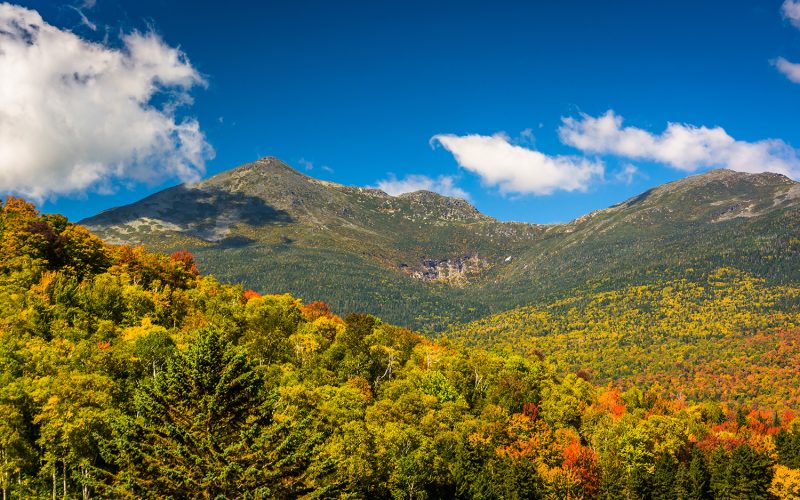
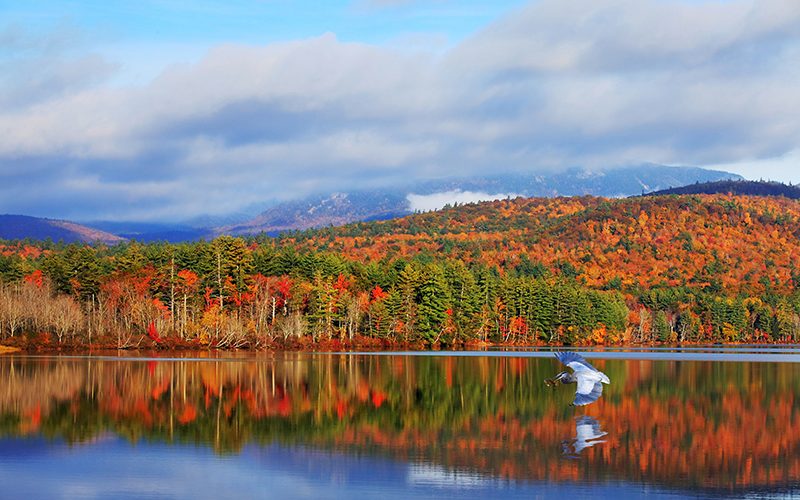
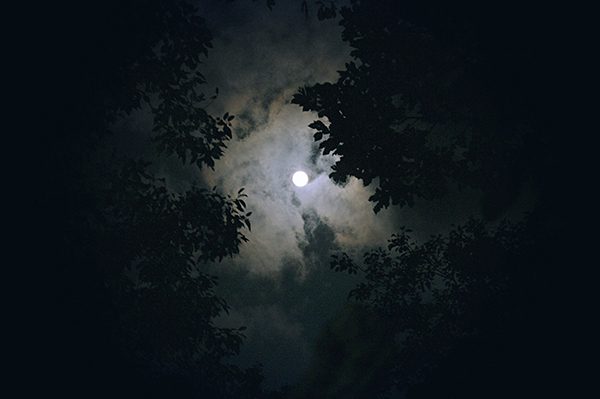 When I was in school, we learned what makes leaves green is this magic little stuff called Chlorophyll. Chlorophyll is what enables the leaves to take carbon dioxide from the air and convert it into the sugars and starch that feed the plant. When the days begin to get shorter and the temperature starts to drop, the trees begin to go into a state of dormancy or hibernation and slow down their food making process thus producing less chlorophyll. It’s kind of like how our skin gets paler in the winter because we are outside much less often. Well, except I am a human and these are leaves, but you get the picture.
When I was in school, we learned what makes leaves green is this magic little stuff called Chlorophyll. Chlorophyll is what enables the leaves to take carbon dioxide from the air and convert it into the sugars and starch that feed the plant. When the days begin to get shorter and the temperature starts to drop, the trees begin to go into a state of dormancy or hibernation and slow down their food making process thus producing less chlorophyll. It’s kind of like how our skin gets paler in the winter because we are outside much less often. Well, except I am a human and these are leaves, but you get the picture.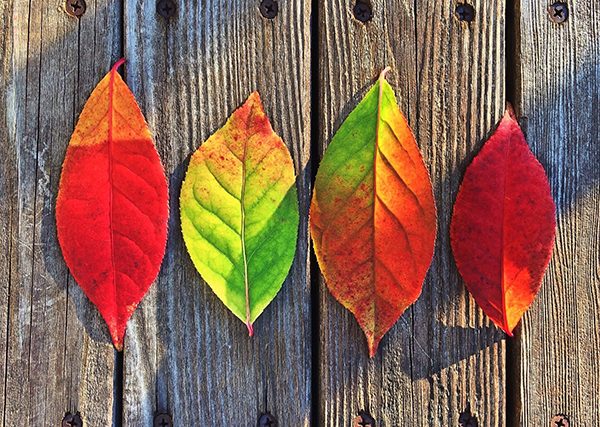 There are three pigments that give leaves their color:
There are three pigments that give leaves their color: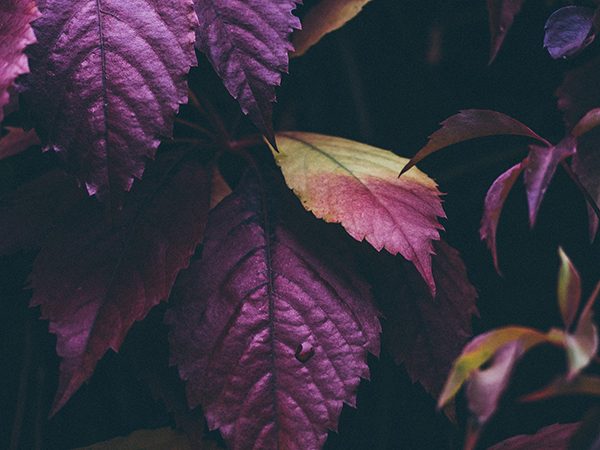 Temperature, sunlight, and soil moisture all play roles in how exactly the leaves will look in the fall. We know what exactly causes the leaves to change, but what determines what color they will turn into? Back to anthocyanins! The key to getting purple leaves is also cooler nighttime air. If you notice, we haven’t had a whole lot of purple and red leaves this year, and that’s probably because the nights have been warmer. Science is cool, right?
Temperature, sunlight, and soil moisture all play roles in how exactly the leaves will look in the fall. We know what exactly causes the leaves to change, but what determines what color they will turn into? Back to anthocyanins! The key to getting purple leaves is also cooler nighttime air. If you notice, we haven’t had a whole lot of purple and red leaves this year, and that’s probably because the nights have been warmer. Science is cool, right?